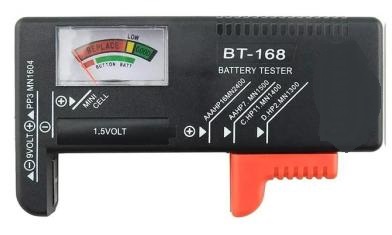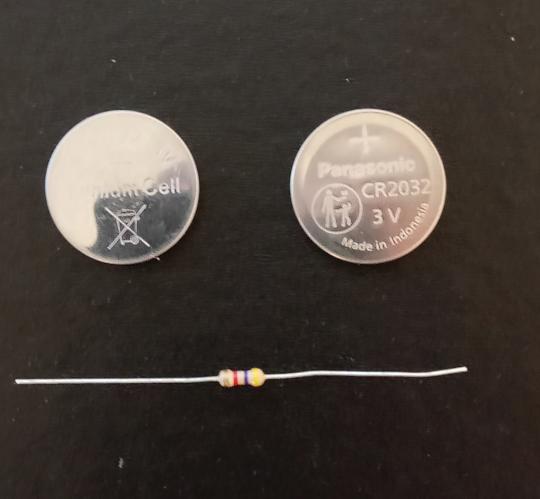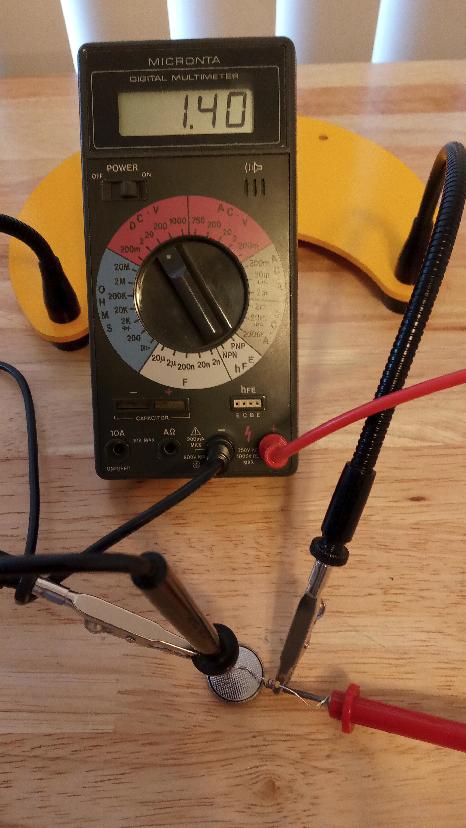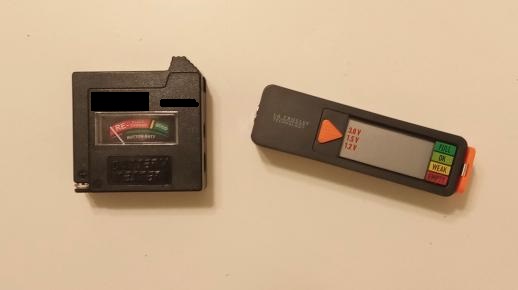November 14, 2023
Ever need to test a battery for a household appliance, device, or shop tool, or even a car battery ? It may
initially appear a simple task of applying a multimeter or battery tester to the battery in question. But is
there something hidden in this seemingly simple task ? There may be principles of electricity that not
everyone is aware of which come in play, and the testing of a simple battery is not exactly what it appears.
Intuitively, voltage testing of common batteries can be performed with an instrument called a Multimeter,
or a device specifically intended for batteries called a Battery Tester. Neither of these should be used
unwittingly because a multitude of these instruments aren’t really complete, or even designed correctly.
Starting with the Multimeter, this is an instrument that might be known to most people Begin by checking
an assortment of batteries, new and old, found around a common household which can be 1.5V AA, AAA,
C or D cells, 9V batteries, or button and coin cells such as the 3V lithium type. Intuitively, one may turn
on their multimeter, set the selector switch to the appropriate DC voltage range, place the probes on the two
terminals of the battery, and read- off a voltage shown on the digital LCD screen. Whether they know it or
not, they have taken a reading called the “Open-Circuit Voltage” 1 - but did not really test their battery.
What follows is a simple example of why merely touching the probes of a multimeter to the battery terminals
does not test a battery:
A new and used 3v lithium coin cell. A 4700 ohm resistor is the test load.

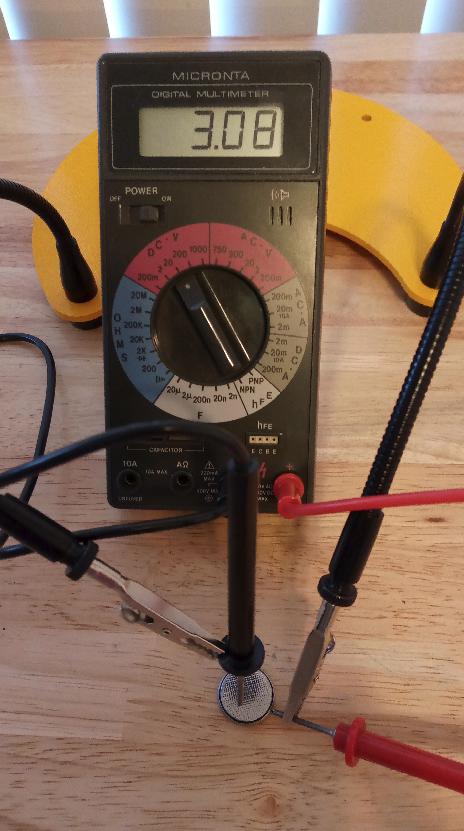
On the left, is the open-circuit voltage of the new 3V lithium coin cell, and on the right, the open-circuit voltage of
the used 3V lithium coin cell. They both show over 3V, in which case they would both be considered good batteries,
the new coin cell showing slightly higher than the used coin cell.
Now, introduce a 4700 ohm resistor across the two multimeter probes, called a parallel resistor load:
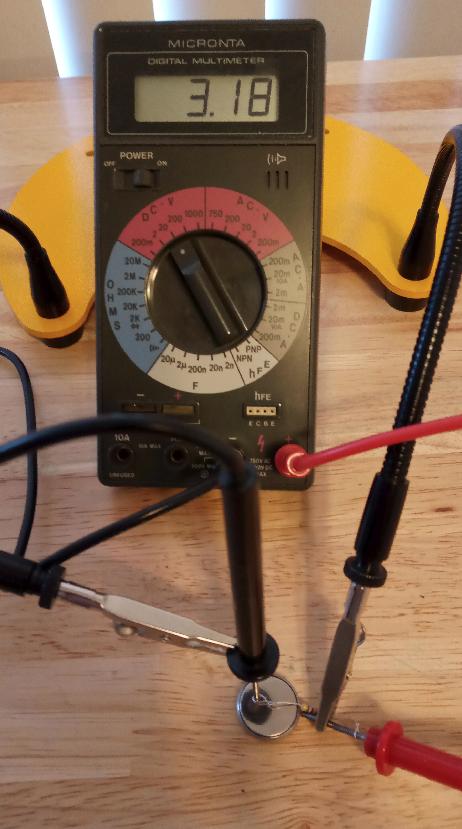
On the left, the new coin cell shows a reading still over 3V and tests as a good battery, but the used
coin cell shows a reading of only 1.40V – considerably less than its open-circuit voltage of 3.08V – and is
revealed no longer a good battery.
For the used lithium coin cell, the results for the open-circuit versus loaded-battery test is over a 100% difference.
Other battery types also exhibit this difference.Due to how batteries are constructed and behave characteristically, an old used battery can sometimes show a higher
voltage than a new battery when tested under an open-circuit. But under the simulated load of a resistor, the new
battery shows good (as it should) and the used battery shows weak and about to die (which it should). Therefore, the
only correct voltage test of a battery is with a resistor load. If a Multimeter does not have a battery test feature built
into it, you will need to add the resistor yourself.
From specification testing of various batteries in labs, it is found that the best, or ideal, resistor load simulating the
battery’s capability are the following:
1.5V AA, AAA, C, & D: 100 Ohms
9V: 450 Ohms
3V (lithium): 4700 Ohms
For a 12 volt car battery, the battery stays in the car. With the engine off, it is recommended to turn on the headlights for about two minutes to bleed-off any surface charge, then turn on the engine and check the voltage at the battery terminals with a multimeter. After the headlights are turned on for 1 - 2 minutes, then turned off, the "resting voltage" can be checked for 12.2 to 12.6 volts indicating the battery is good for starting the car. A second person may be needed to then start the engine while one reads the multimeter checking that a momentary drop in voltage is not below 10V (called the crank cycle). After the momentary drop in voltage, the engine idles and the voltage should rise and stay steady at 14 to 14.5 volts. (Below 14V indicates a weak battery).
We can now handle battery testing with a Multimeter. How about the other device called a Battery Tester ? Isn’t this
instrument easier to use and setup ideally for batteries ? Surprisingly, it is not - and is most likely due to confusion
over what we just attempted to clear-up. Some battery testers may follow the above guidelines, and some may not,
which doesn’t quite make sense. The resistance load may vary among battery testers and not really follow a standard.
There may be some confusion over what the most commonly used batteries are, each designed with a unique chemical
composition. But this may not be so difficult to decide and the batteries cited in this article represent typical examples.
The AA and AAA 1.5V are quite common as are 1.5V C and D cells. The 9V are also common. These are battery types
you might find on a multimeter with a battery test feature built-in. Recharge batteries are rated at 1.2V so anything
testing at 1.2V and up are considered charged batteries, some charging up to 1.4V. Battery testers seem to be lacking 3V,
and trends show this should favor the 3V lithium coin cell used in appliances such as flashlights, watches, and weigh scales,
and a multitude of accessories operating on micro-circuitry and small LCD screens.
